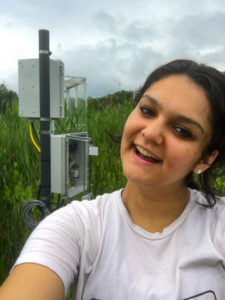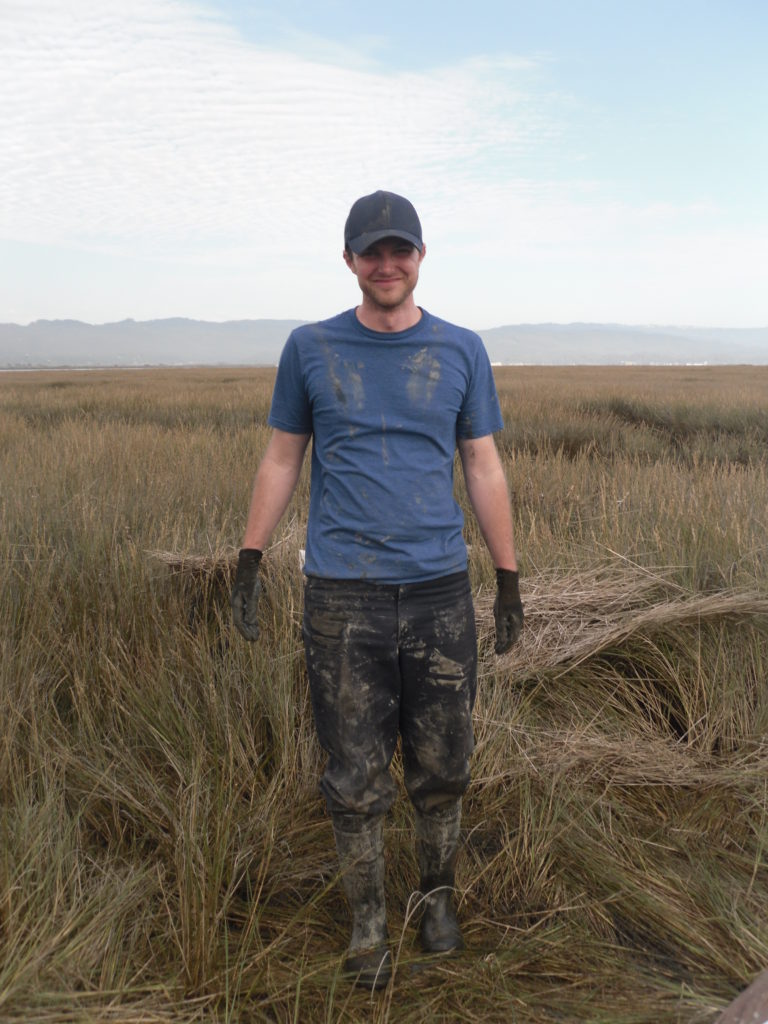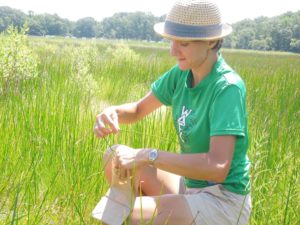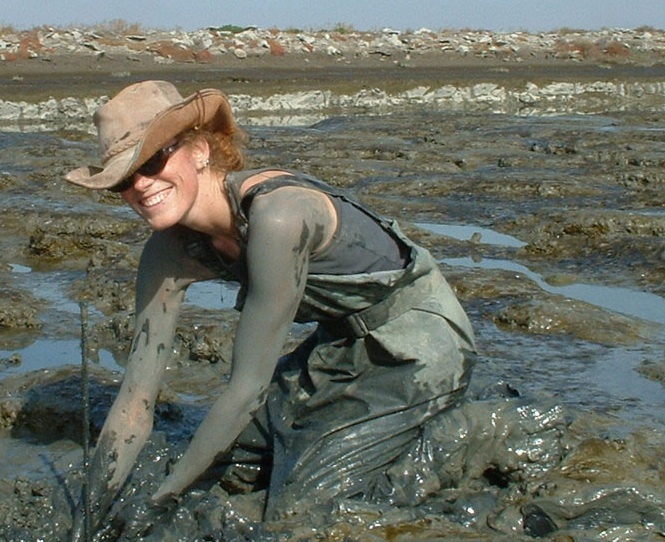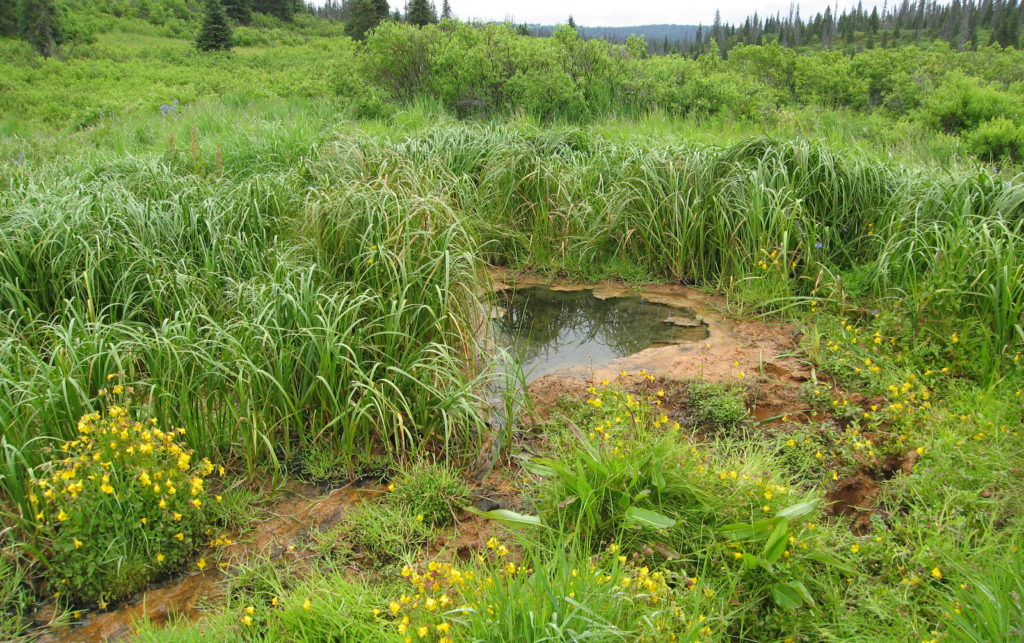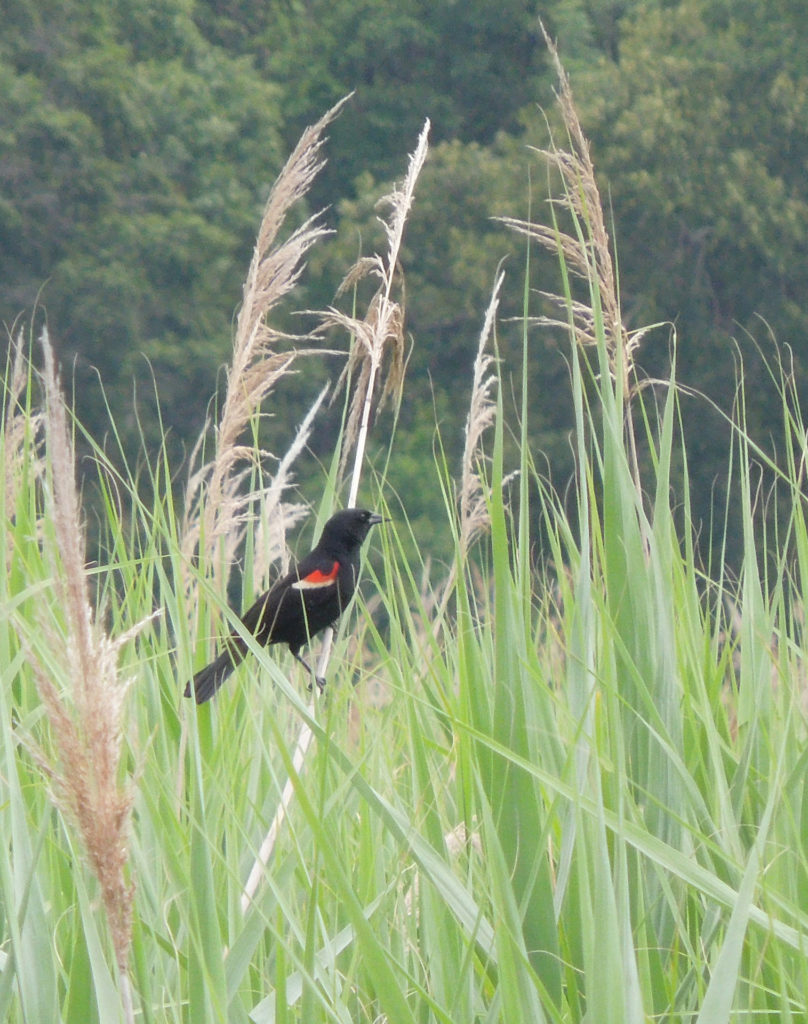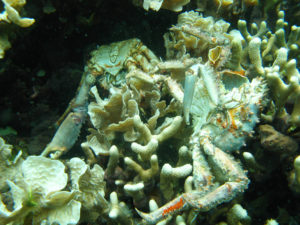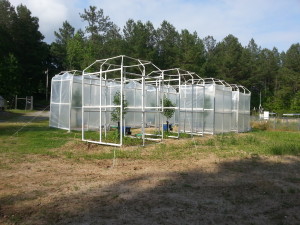By Philip Kiefer
Until a decade ago, scientists believed forests were ravenous consumers of methane, a potent greenhouse gas. But we’re discovering that the story is more complicated. It turns out that while forest soils absorb methane, trees might actually release the gas. The problem is, no one is sure how much methane the trees are producing, or why they’re producing it at all.
“We’ve seen anything from 5 percent to 100 percent offset,” says Paul Brewer, a postdoctoral fellow at the Smithsonian Environmental Research Center (SERC). That’s an enormous amount of uncertainty: The forest could be consuming as much methane as we once thought (almost all of it), or barely any at all.
SERC Intern Helps Pin Down Numbers
Maddie Peterson, an intern working for Brewer at the SERC Biogeochemistry Lab, is spending her summer trying to pin these numbers down.
She’s working to solve two questions. First, how much methane is an average tree releasing? And second, why is it doing so at all?
“The big question,” says Peterson, “is whether the trees are acting as straws” – siphoning methane up from deep in the earth – “or incubators” – cradling methane-producing bacteria in their trunks. Answering these questions will help scientists understand how methane moves in and out of the atmosphere, which is critical for predicting the course of climate change. Click to continue »



